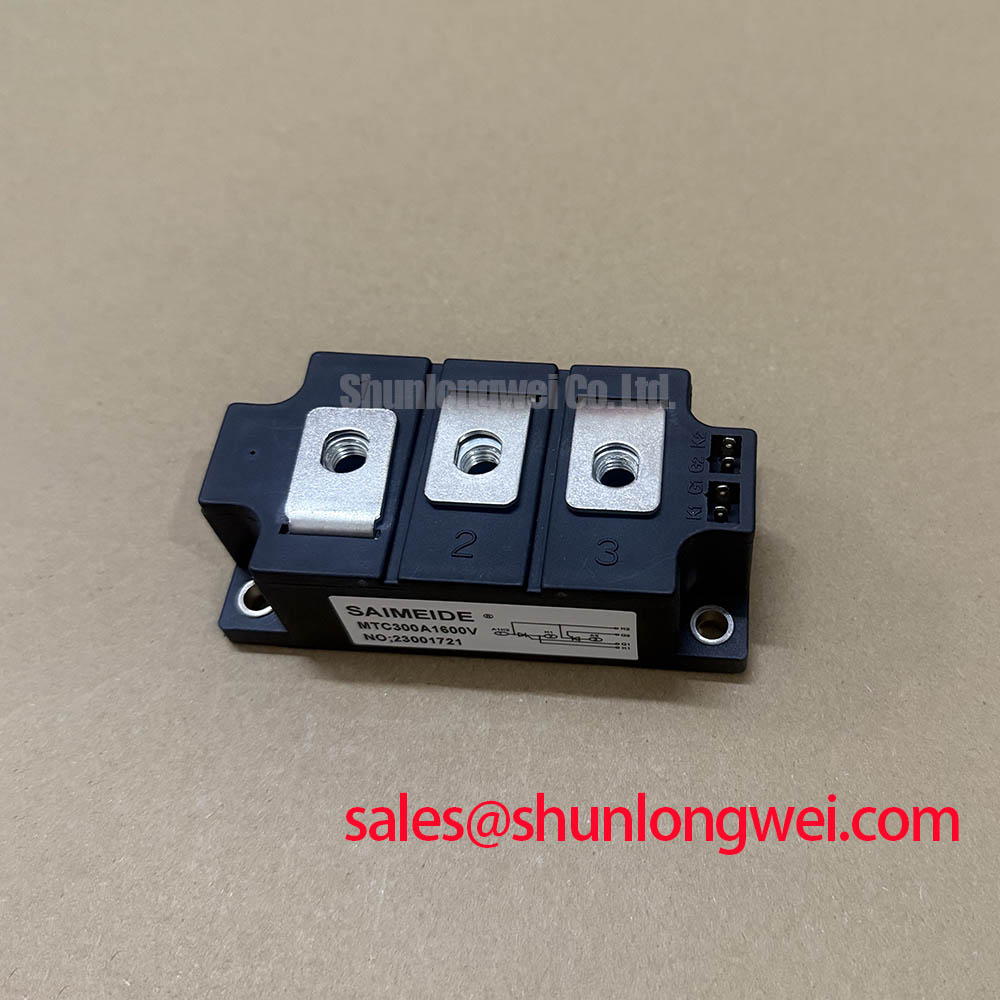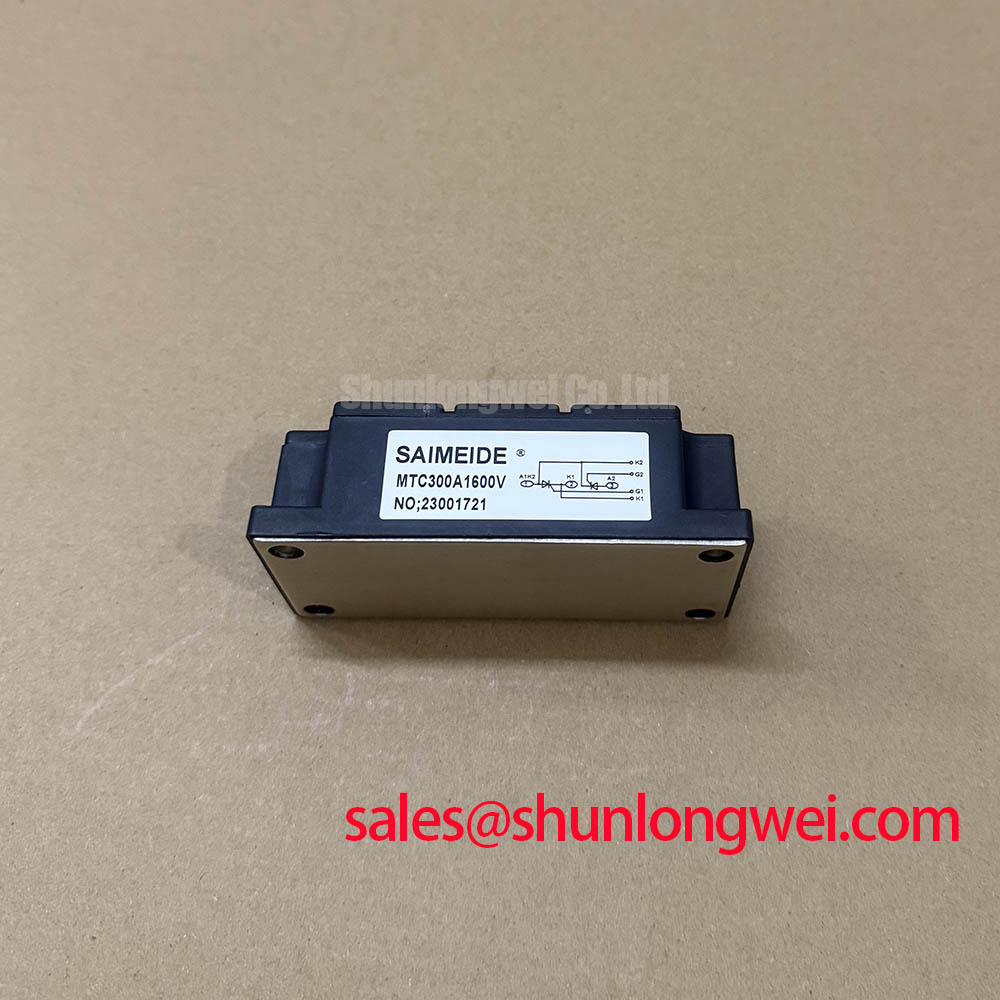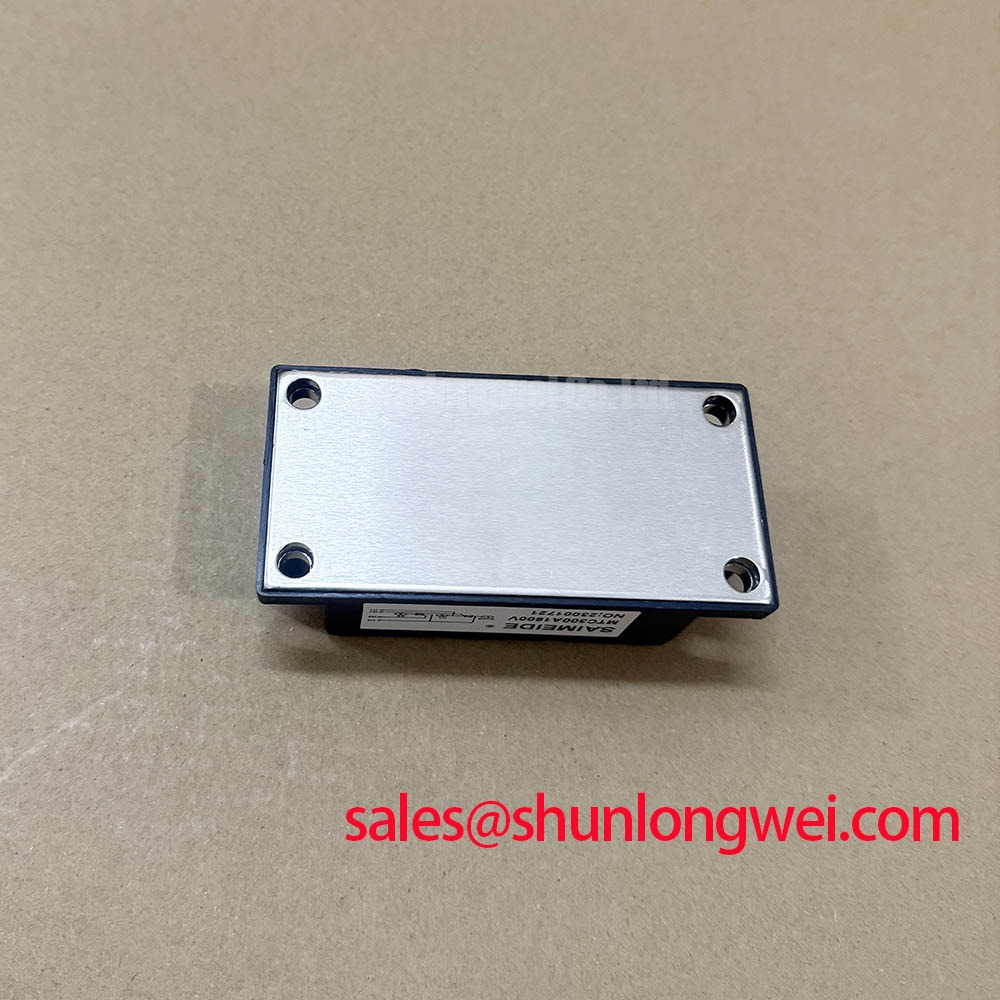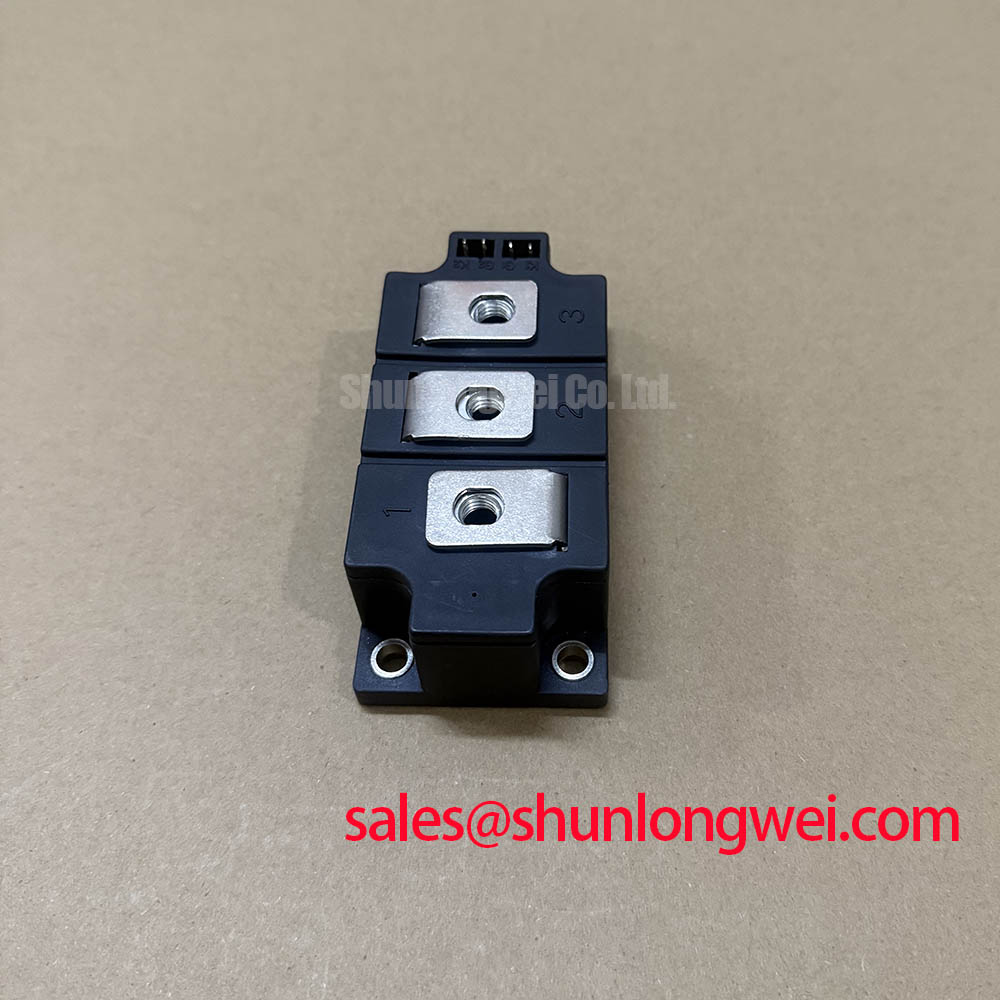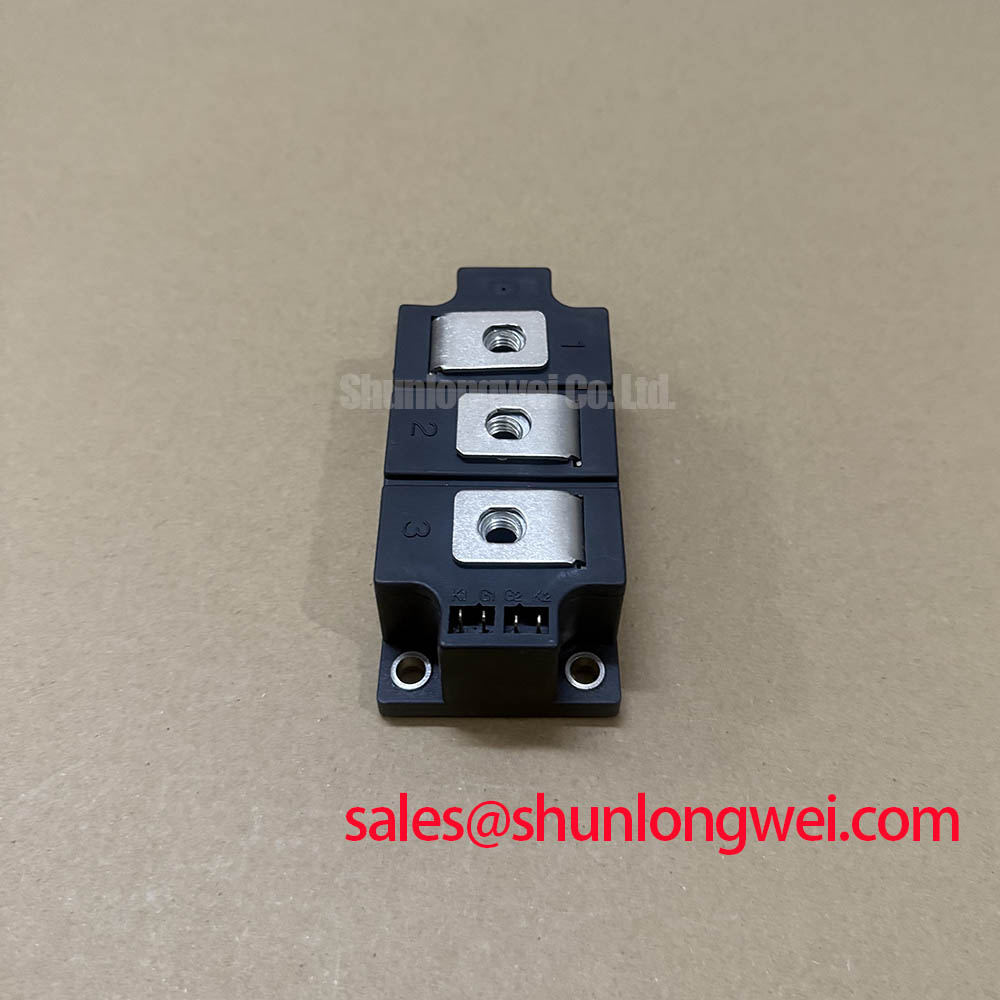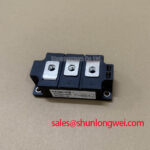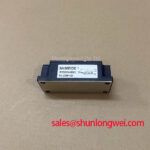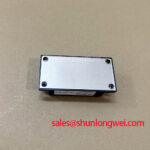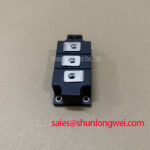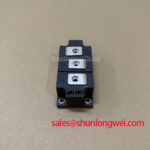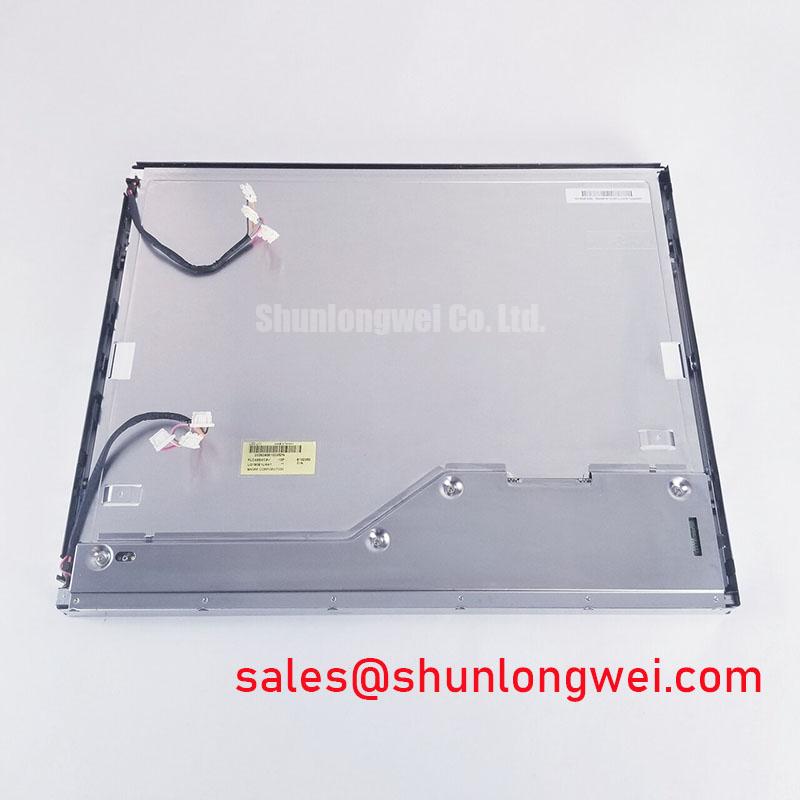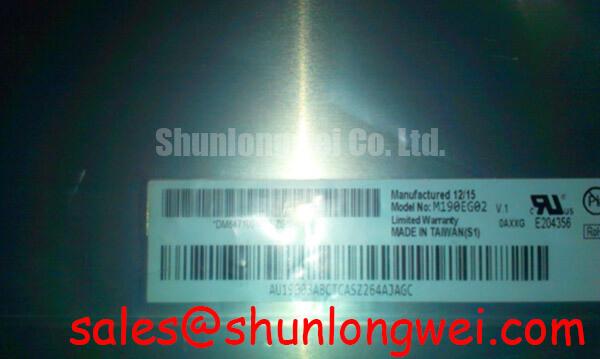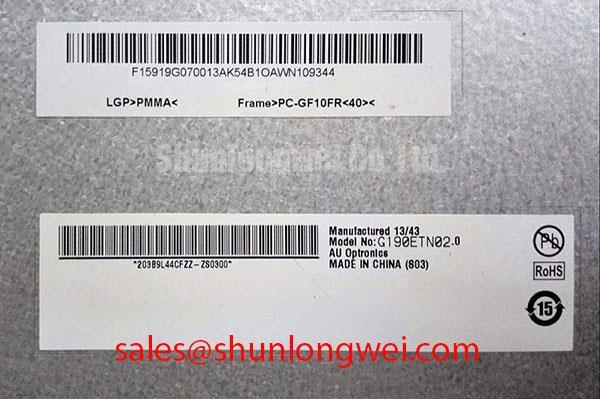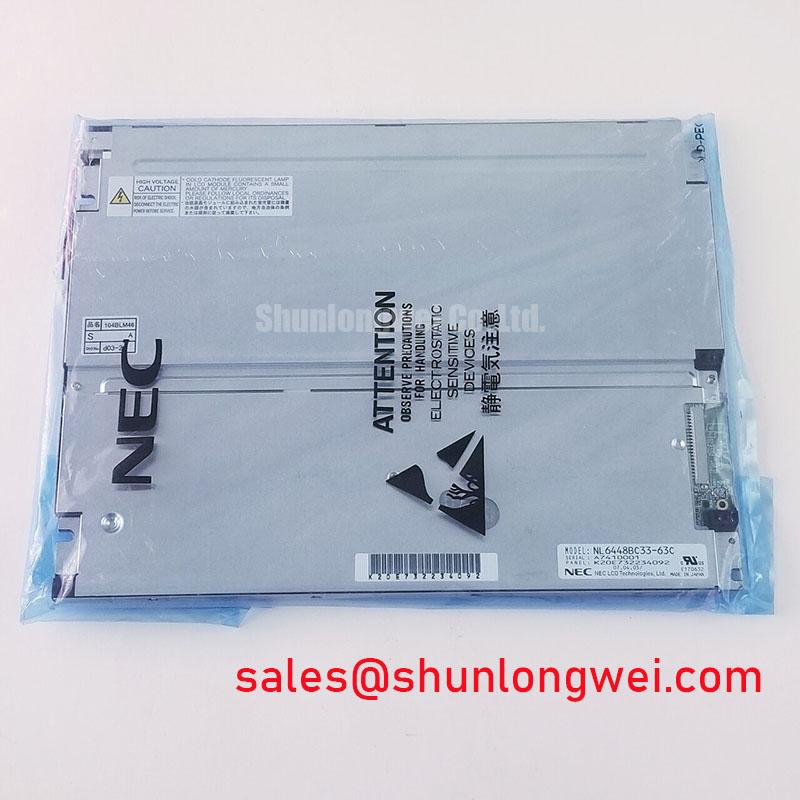Semikron MTC300A1600V | High-Power Thyristor/Diode Module for Robust Rectification
The Semikron MTC300A1600V is an engineered solution for high-power AC-to-DC conversion, providing the critical foundation for demanding industrial applications. This module isn't just a component; it's a cornerstone for system reliability, offering precise control and robust performance in a single, industry-standard package. Designed as a half-controlled single-phase bridge rectifier, it integrates two thyristors and two diodes to deliver a unique blend of efficiency and controllable output power.
Core Advantages for the Design Engineer
- High Power Density: With a 300A current rating and a 1600V blocking voltage, this module is built to handle significant power loads, making it ideal for rectifying 400V, 480V, and even 690V AC lines.
- Phase Control Capability: The integrated thyristors allow for phase-angle control of the output DC voltage. This enables functionalities like motor soft-starting and variable DC bus voltage regulation, providing design flexibility that a simple diode bridge cannot offer.
- Enhanced Thermal Performance: Built upon an electrically isolated baseplate, the MTC300A1600V ensures excellent heat dissipation, a critical factor for long-term reliability in continuous-duty applications.
- Proven Industrial Reliability: Leveraging decades of Semikron's expertise, this module is designed for harsh electrical and thermal environments, minimizing field failures and maintenance costs.
Application Scenarios & Engineering Value
The MTC300A1600V excels as the front-end rectifier in a variety of high-power systems. Its value is most evident where control and robustness are paramount.
- Variable Frequency Drives (VFDs): In motor drives, this module serves as the input stage, converting the incoming AC supply to a stable DC bus. Its phase control capability is invaluable for creating a soft-start sequence, which limits the inrush current to the DC link capacitors and reduces mechanical stress on the motor and load. This controlled DC bus then feeds the high-frequency switching IGBT modules of the inverter stage.
- Industrial DC Power Supplies: For applications like electroplating, large-scale battery charging, or welding, the MTC300A1600V provides a high-current, adjustable DC output. The ability to precisely regulate voltage via phase control is essential for process quality and efficiency.
- AC Motor Soft Starters: As a standalone solution, this module can be used to gradually ramp up the voltage applied to large induction motors. This controlled start prevents severe voltage dips on the power grid and mitigates the high mechanical torque transients associated with direct-on-line starting.
Key Technical Parameters
The following table outlines the critical electrical and thermal specifications that define the performance envelope of the MTC300A1600V. For a comprehensive list of characteristics, you can download the complete datasheet here.
| Parameter | Value |
|---|---|
| Repetitive Peak Reverse Voltage (VRRM) | 1600 V |
| Average On-State Current (IT(AV)) @ Tc=85°C | 300 A |
| RMS On-State Current (ITRMS) | 471 A |
| Threshold Voltage (VT0) | 0.85 V |
| On-State Slope Resistance (rT) | 1.0 mΩ |
| Thermal Resistance, Junction to Case (Rth(j-c)) per thyristor | 0.1 K/W |
Frequently Asked Questions (FAQ)
Why choose a half-controlled bridge like the MTC300A1600V instead of a simple full-diode bridge?
A full-diode bridge provides a fixed, uncontrolled DC output voltage determined solely by the AC input. The MTC300A1600V, with its two thyristors, introduces control. By adjusting the firing angle of the thyristors, you can vary the output DC voltage from nearly zero to its maximum value. This is essential for applications requiring a soft start, voltage regulation, or a simplified pre-charging circuit, offering significantly more system-level functionality.
What are the primary design considerations for implementing this thyristor module?
Three areas are critical for success. First, a robust gate drive circuit is necessary to provide the correct current pulse to reliably trigger the thyristors into conduction. Second, effective thermal management is non-negotiable; you must select an appropriate heatsink to keep the module's case temperature within the specified limits under maximum load. Finally, due to the switching nature of thyristors (commutation), implementing RC snubber circuits across the devices is often recommended to suppress voltage transients (dV/dt) that could cause misfiring or damage.

